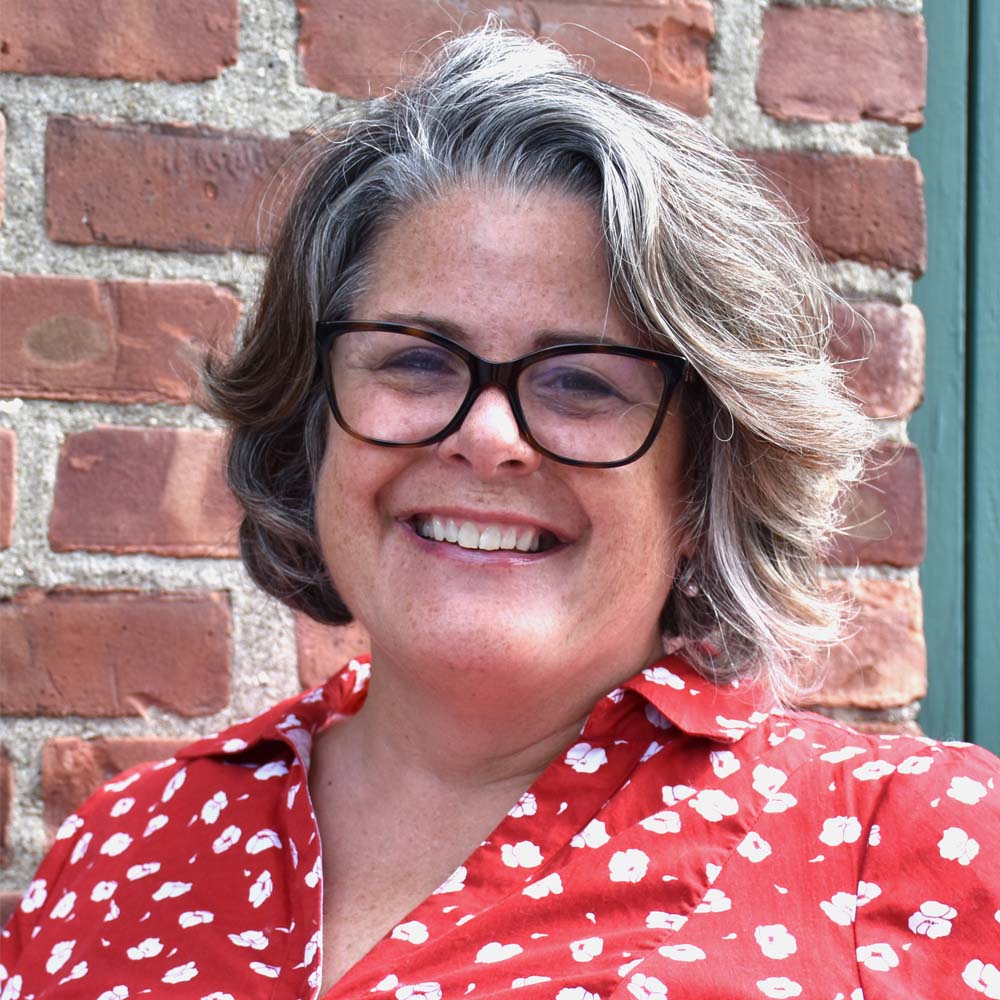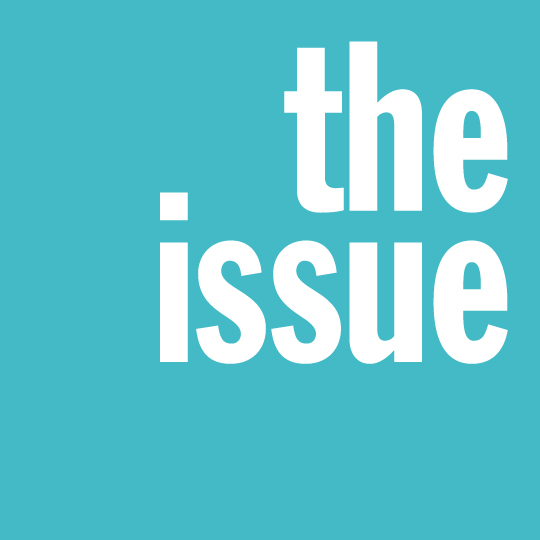Why we should better understand the words we choose to use.
By
Michelle Lansing
Word origin? Too big. According to a 2010 Harvard University study, there are more than a million words in the English language, and I don’t think any of us want me to go down that rabbit hole. Although…I did come across some online back-and-forth over the etymology of guacamole, which I found to be pretty, ummm, interesting. Quickly, it goes a little something like this: While some speculate guacamole is Aztec for “testicle sauce,” others argue—perhaps rightfully so—that this particular translation is a blurring of context that shifted over time.
The great testicle-sauce debacle got me wondering: Would people (I) spend this much time on the origin of one word if its meaning didn’t lead (me) to an uncomfortable and immature giggle? Probably not. But it got me thinking about why we should better understand our language.
Global connection
It probably isn’t a surprise to many, if any, that English is the most spoken language in the world. According to Babbel, over 1.35 billion people—nearly 20 percent of the global population—know the language, and most are not native speakers. In fact, English has more second-language speakers than any other and is the most commonly studied language.
The reasons for its popularity are varied, but its hold began with the rise and spread of the British Empire, deepening in the post–World War global trade boom, which made English the language of modern industry and economy. Its position is an impressive feat considering there are more than 7,000 languages spoken today. But perhaps that’s not too surprising considering English is a melting pot of many other languages, including German, French, Russian, and Greek.
According to Babbel, English’s closest relative is Frisian, a West Germanic language spoken in parts of the Netherlands, Denmark, and Germany. Once popular in the Middle Ages, today Frisian is the native language of less than 500,000. The next closest language? Dutch. Cited as one of the easiest languages for native English speakers to learn, there’s no urgency to master Dutch because 95 percent of the population speaks English.
Yet despite being a Germanic language, English is unlike most others. We love to break our own rules (i before e except after c…puh-lease), give words multiple meanings (run has 645 distinct meanings), make different words sound the same (their, there, they’re), have fun with silent letters (that one gnaws at me), and use some whacky idioms (go bananas and check out what I mean). And those are just a few of our language quirks.
And why does all of this matter? Because native speakers don’t “own” English. We never have. We borrowed and built it from other languages for thousands of years until we came up with this messy, rule-breaking mass of vowels and consonants that exudes confidence despite a lack of finesse. In fact, 80 percent of English is composed of “loanwords” that have been borrowed from other languages. Ballet, saloon, and grenade? French. Guitar, mosquito, tornado? Spanish. Pretzel, noodle, and delicatessen? German. And the list goes on and on.
Understanding the root of English and its global borrowing makes a comment like “This is America, speak English!” nothing short of ridiculous. Like our language, America is a mosaic of cultures and ethnicities. There is no room for “one country, one language.” But with a large portion of the global population speaking English, it’s not all that surprising to learn that only an approximate 20 percent of Americans are bilingual.
Yes, English has become a global language. Yes, Americans can travel abroad with little need to learn a foreign language. Yes, instructions are always written in English first. But that can all change. Events like wars, pandemics, and earthquakes serve as grim reminders that we are all connected on this planet, and that our individual actions—personal or national—have global consequences. We need only to look at our language to see that has always been the case.
Words are intentional
Last year, I had the pleasure of partnering with 2communiqué on a branding project for the NativityMiguel Coalition (NMC), an alliance of non-public pre-K through 12 schools that work together to bring equity to all students through education. Among the deliverables, we were asked to develop new brand guidelines and a video, two components that I have undertaken many times. But while the elements were familiar, the engagement was some of the most thoughtful and deliberate of my career.
While I love my craft, it can be exhausting. Every word is a choice, an opportunity to express myself with intention, and I will stay with a piece—rewriting and rewriting—until I’m comfortable with the result. But that’s what makes it so rewarding; writing is both expansive and deliberate, communal and utterly personal.
I remember reading the script’s first draft to the team; their smiles and thoughtful silence told me that I hit the mark. And while I had in concept met their expectations, the feedback helped me understand what I hadn’t quite grasped: Equality and equity are not the same.
When I first began developing their new brand language, I believed equality was a good fit for the organization’s work. In the simplest of terms, NMC works to level the educational playing field for all students—regardless of factors such as race, religion, and income. Equality felt right. But it wasn’t, and it became a much-discussed topic of conversation.
Merriam-Webster defines equality as “the quality or state of being equal.” It defines equity as “something that is equitable.” And it defines equitable as “dealing fairly and equally with all concerned.” At first glance, it may seem that equality and equity are interchangeable; but when you take a closer look at their meanings and apply them to an organization dealing with educational futures, you recognize that “being equal” is not the same as “dealing equally.”
The United Way does an excellent job of distinguishing between the two terms: “Equity recognizes each person has different circumstances and needs, meaning different groups of people need different resources and opportunities allocated to them in order to thrive. Equality, on the other hand, is giving everyone the exact same resources across the board, regardless of individual or groups of people’s actual needs or opportunities/resources already provided to them.”
Students are not the same across the board, and to say that NMC treats every student as such would be wrong. Rather, NMC recognizes those differences, creating an education that meets students where they are—providing each with an “opportunity to become their best authentic self.” And that is equity in action.
English is the most nuanced language in the world, with many words meaning very close to the same thing. However, that doesn’t give us license to use similar words interchangeably. Sometimes, yes. But in this instance, a single carefully chosen, intentional word made a significant difference in the organization’s mission. In short, words matter.
Language is freedom
On several occasions, my son has said, “Mom, I doubt that anyone knows as many words as you.” I shudder every time. While I do have a larger-than-most vocabulary and a decent grasp of the English language, I know that I haven’t come close to appreciating our language to its fullest. But I am always learning.
We’ve all seen the memes—mocking incorrect grammar, adding a comma to change the meaning of a sentence, or calling out someone for a misused contraction. They’re funny until they’re not. Doesn’t everyone know the difference between their, there, and they’re? Not necessarily. (I invite you to revisit the earlier section on equality vs. equity.) And whether they do or not, so what?
Well, the what is freedom. Human freedom. Freedom to communicate with the world around us. Freedom to understand new ideas and new concepts. Freedom to explore how, where, and when we want. Freedom to stand on our own two feet with the knowledge that we can move forward into whatever the future may hold because we have an incredibly powerful tool available to us—language.
Share this article

Michelle Lansing is a consulting content strategist for 2communiqué and a freelance writer. Previously, she was the vice president of creative strategy at Zone 5 where she led creative efforts for a number of colleges and universities; she also served as the enrollment management communications strategist at Siena College. Michelle is the author of the children’s sticker storybook series, Finny and The Biff.
